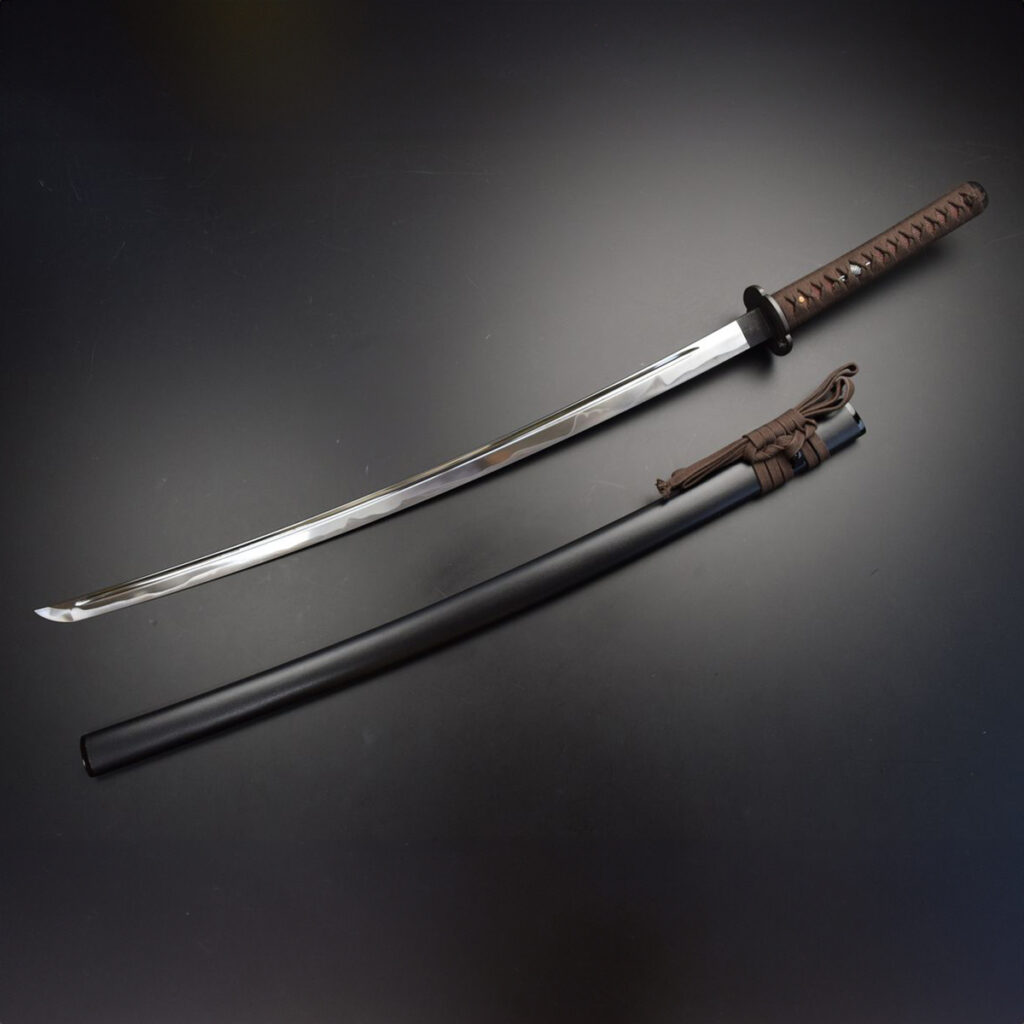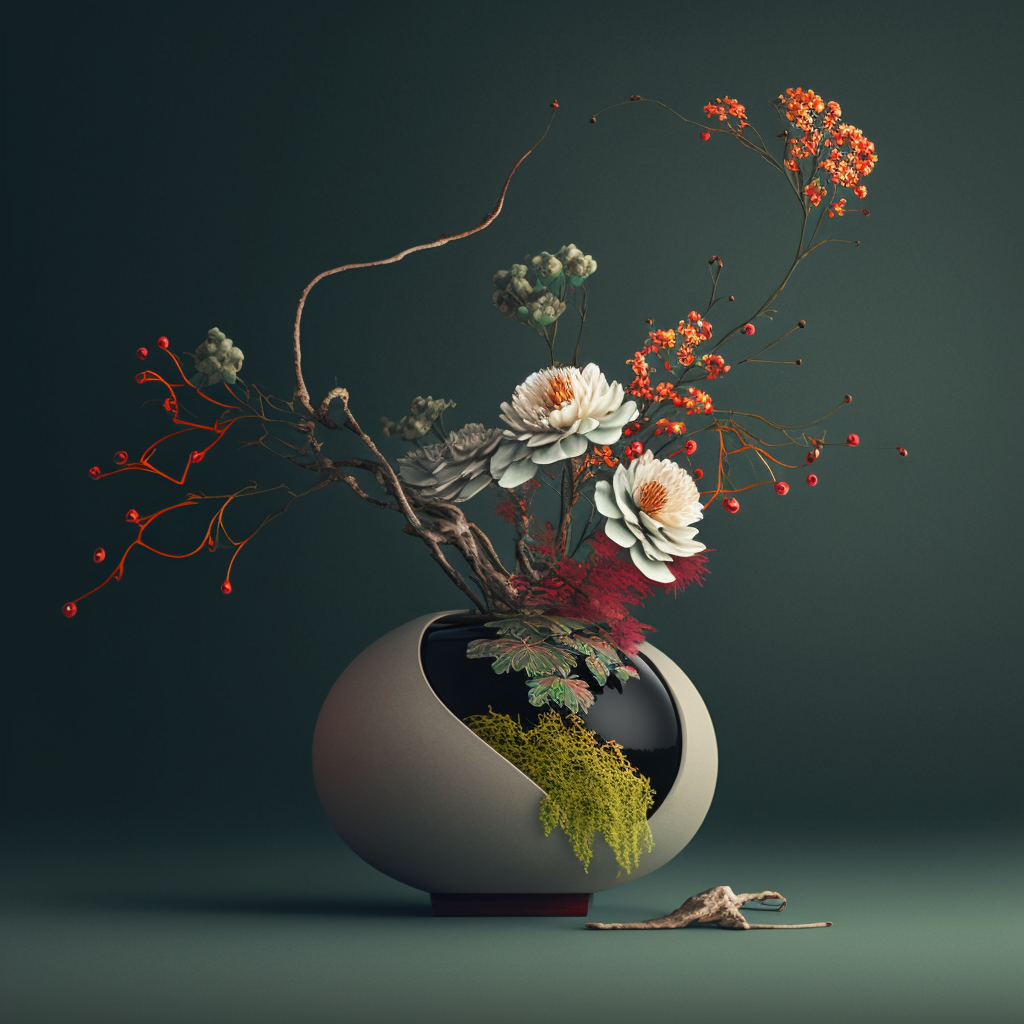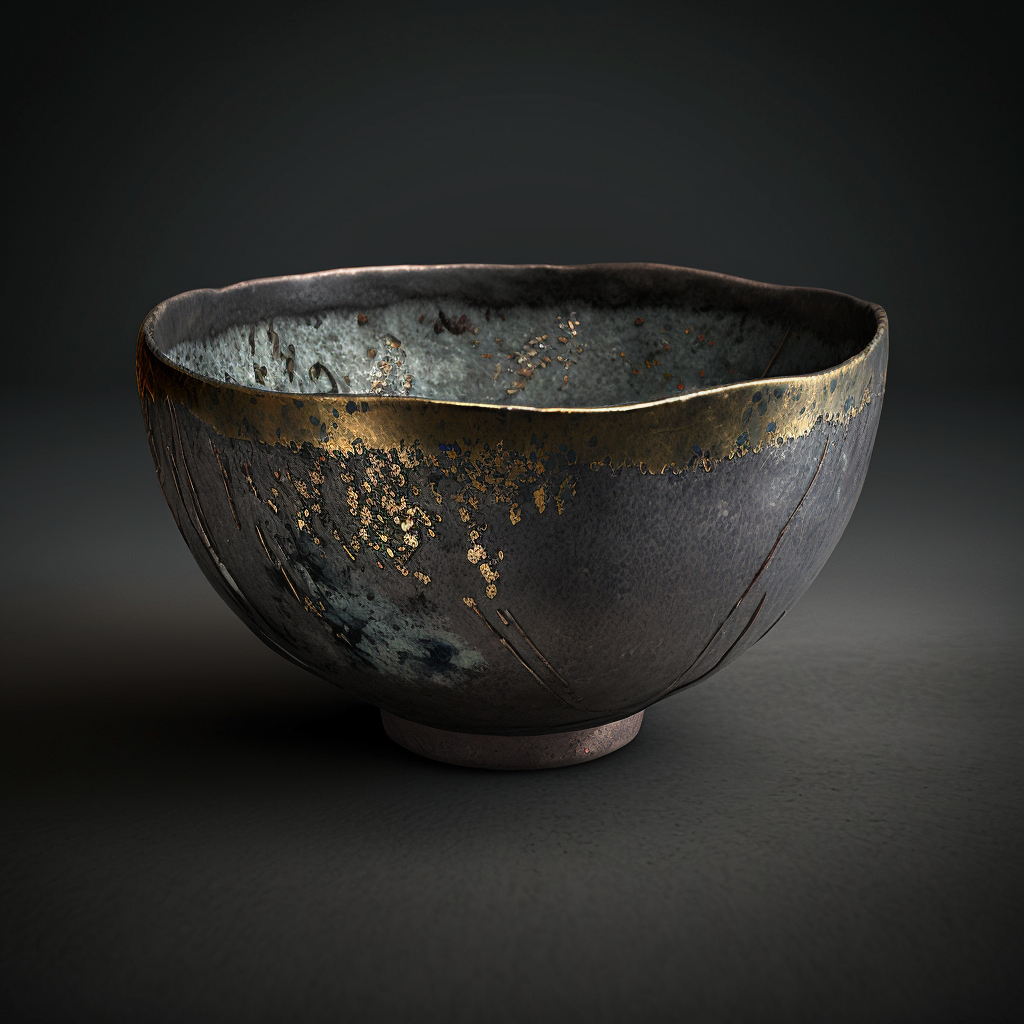Japanese swords are often referred to under the generic term “katana”. They embody a fascinating blend of art, technology and tradition. These iconic weapons have a rich history and deep meaning within Japanese culture. Let’s dive into the captivating world of Japanese swords, where each blade tells a story and embodies an endless quest for perfection.
History and Evolution of Japanese Swords
The roots of Japanese swords date back over a thousand years. During the Heian era (794-1185), the first blades were forged. However, it was during the Kamakura era (1185-1333) that forging and polishing techniques were refined. Thus, the production of swords have become emblematic of Japan.
The katana, with its distinctive curved blade and cotton or silk-wrapped hilt, became the weapon of choice for samurai warriors. Indeed, these warriors considered their sword as an extension of their own soul. And the relationship between a samurai and his katana was imbued with deep spirituality.
Art of the Forge
Making a katana is a meticulous process that requires exceptional expertise and craftsmanship. Japanese master blacksmiths, known as “tosho”, practice their trade with fame. Indeed, they use techniques passed down from generation to generation to create these functional works of art.
The heart of the katana is its blade, forged from high quality steel. It is often bent and hammered hundreds of times to remove impurities and create a strong crystal structure. The quenching process involves the rapid cooling of the heated blade to a high temperature. It gives the katana its formidable sharpness and durability.
Symbolism and Meaning of Japanese Swords
For the Japanese, the katana goes far beyond its utilitarian function as a combat weapon. It carries within it symbolism and deep cultural values. They consider the katana to be an object of great aesthetic beauty. This object represents the harmony between brute force and artistic delicacy.
Additionally, the katana is often associated with concepts such as honor, loyalty and discipline. Values which are at the heart of the samurai philosophy. He also embodies ideals such as justice, protection of the weak, and self-control.
Heritage and Preservation
Although the era of the samurai is long gone, the art of Japanese sword making is still alive. Dedicated artisans continue to perpetuate the ancestral traditions of forging, polishing and mounting katanas.
Nowadays, collectors and enthusiasts also appreciate Japanese swords as collectibles and exhibition pieces around the world. Collectors and enthusiasts recognize the artistic and historical value of these unique works of art. These continue to capture the imagination of even the uninitiated.
Conclusion
Japanese swords are much more than just weapons. They are the symbol of an ancient and rich culture, steeped in tradition, values and artisanal know-how. Each katana is a unique work of art, forged with passion and devotion. And carries within it the spirit and heritage of the samurai warriors who once wielded it. In the modern world, Japanese swords continue to arouse admiration and respect. This testifies, thus, to the timeless persistence of perfection in Japanese craftsmanship and culture.



